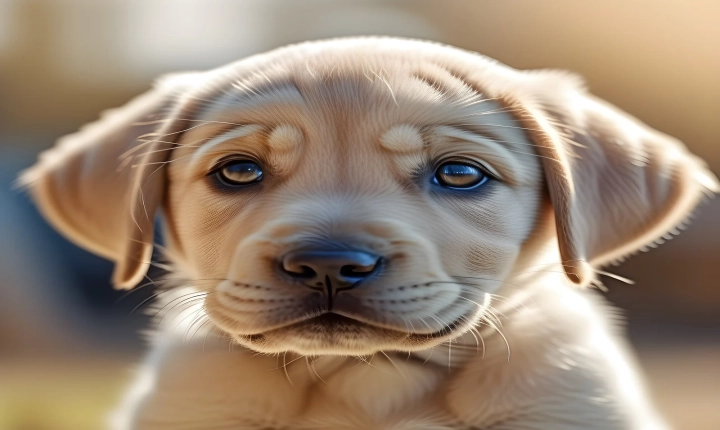Can AI Art Be Considered Art?
Artificial Intelligence (AI) has become an increasingly prominent tool in the creation of art, raising questions about the nature of creativity and the role of the artist. Can AI-produced artwork be considered art in the traditional sense? The answer to this question lies at the intersection of technology, creativity, and the human experience.
AI-generated art is created through algorithms and machine learning processes that analyze and emulate existing artistic styles. These algorithms can produce visually stunning and technically impressive pieces of art, ranging from paintings to music compositions and even poetry. However, many in the art world argue that AI lacks the emotional depth and intentionality that define human-created art.
One of the primary criticisms of AI art is that it lacks the subjective expression and personal experience that human artists bring to their work. Art has always been a medium for individuals to express their thoughts, emotions, and experiences, serving as a reflection of the human condition. AI, while capable of mimicking artistic styles and techniques, cannot replicate the lived experiences and emotions that are integral to the creation of art.
Furthermore, the concept of authorship and originality is challenged by AI-generated art. Can a piece of art truly be considered original if it is created by a machine following preset algorithms and data inputs? This raises ethical and legal questions about the ownership and attribution of AI art and whether it should be treated as a unique creation or as a product of its programming.
On the other hand, proponents of AI art argue that the medium opens up new avenues for creativity and challenges traditional notions of what constitutes art. AI offers artists the opportunity to collaborate with technology to push the boundaries of artistic expression and explore new forms of creativity. By harnessing the computational power of AI, artists can generate unique visualizations and explore complex mathematical patterns that may not have been achievable through traditional artistic processes.
Additionally, AI art can serve as a tool for introspection and exploration of the relationship between humans and technology. The use of AI in art can prompt meaningful discussions about the nature of creativity, the role of the artist, and the impact of technology on artistic expression. It can also challenge the traditional hierarchy of art and raise questions about the democratization of creativity in the digital age.
Ultimately, the question of whether AI art can be considered art is a complex and subjective one. While AI-generated artwork has the potential to be visually striking and thought-provoking, it may lack the emotional depth and subjective experience that define traditional art. However, the integration of AI into the art world also presents an opportunity to expand the definition of art and inspire new forms of creativity.
As technology continues to advance, the boundaries between human and AI-generated art will continue to blur, prompting further exploration of the nature of creativity and artistic expression. Whether AI art can be fully embraced as a legitimate form of art remains an open question, but its impact on the art world is undeniable and invites ongoing reflection and discussion.
